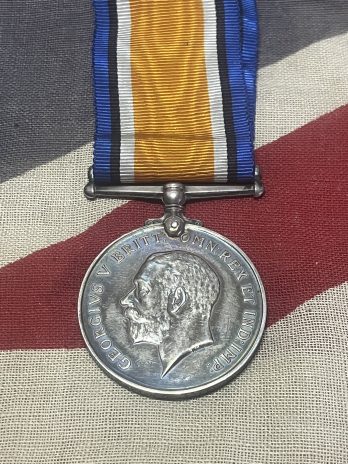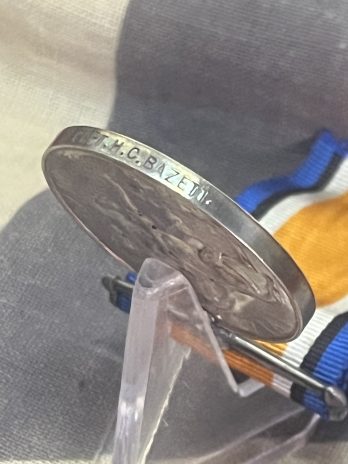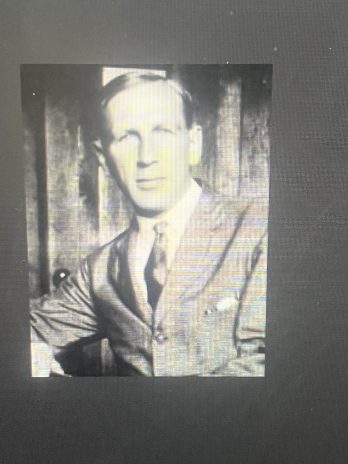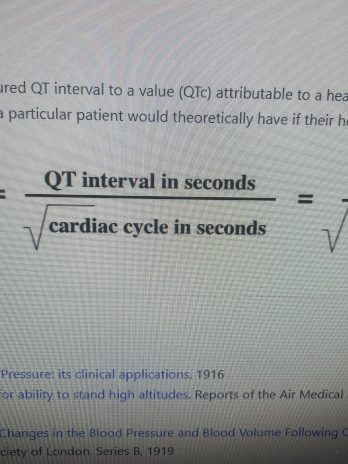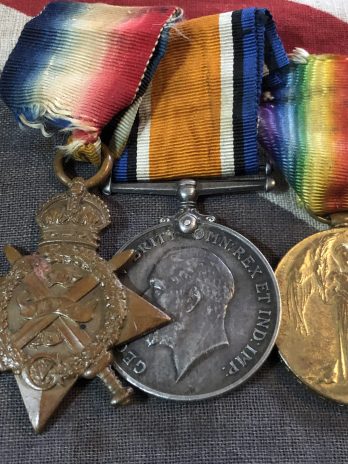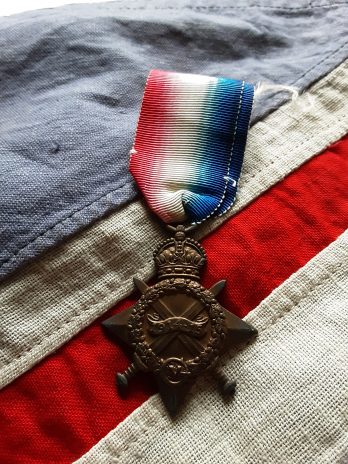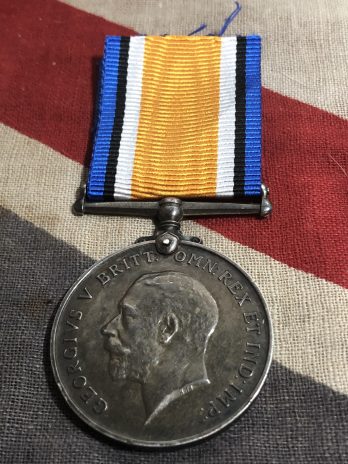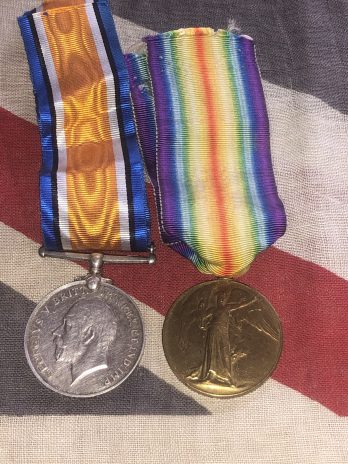Henry Cuthbert Bazett (1885-1950) was an English physiologist.
Main area of work was the application of physiological research to clinical problems. He perfected an exact technique for studying temperature changes in circulating blood, and showed the importance of the venal comites in the pre-cooling of the arterial blood by the returning venous blood.
Eponymously affiliated with Bazett formula to calculate corrected QT interval (QTc) for varying heart rates. In 1920 Bazett related the corrected QT interval to the square root of the RR interval (the Bazett formula) independent of the relationship defined by Fridericia (1920) the duration of the QT interval was related to the cube root of the RR interval (the Fridericia formula)
Biography
Born on June 25, 1885 in Gravesend, England the third child and only son of Henry Bazett, MRCS and his wife Eliza Ann Cruickshank. He was educated at Dover College and at Wadham College, Oxford. He took his clinical training at St Thomas’s Hospital, where he served as demonstrator of physiology in 1910, and in the following year as house surgeon, casualty officer, and clinical assistant in the throat and ear department. This year, 1911, he took the Fellowship five months after passing the Conjoint board. He now won the Radcliffe travelling Fellowship for 1912-15, which took him to Harvard for a year. But on the outbreak of war in August 1914 he immediately joined the RAMC and served in France till the end of the war in November 1918. In 1912 he had been elected a Fellow of Magdalen till 1920, and was appointed demonstrator of pathology at Oxford for 1913-15. He was utterly fearless but never reckless in war or in peace, and was endowed with complete moral and physical courage. During the retreat from Mons in autumn 1914 he served with a field ambulance, and thereafter was a battalion medical officer in front of Ypres. He was three times mentioned in despatches, won the Military Cross, and was created an OBE. He returned to Oxford as Christopher Welch lecturer in clinical physiology 1919-21, and was already interested in aviation problems and high-altitude physiology, a subject which only came fully forward twenty years later in the second world war. He took the Oxford doctorate in 1920.
Bazett became professor of physiology at the University of Pennsylvania in 1921, and held the chair till his death. Although he thus made his home in America for the second half of his life, he retained his British citizenship and loyalty, while entering fully into the circle of American academic medicine. His main interest was in the application of physiological research to clinical problems. He perfected an exact technique for studying temperature changes in circulating blood, and showed the importance of the venal comites in the pre-cooling of the arterial blood by the returning venous blood.
When war began again he was given leave of absence from Philadelphia to devote himself to work for Canada and Britain. After the tragic death of Sir Frederick Banting, FRCS, in 1941, Bazett was visiting professor of medical research at the University of Toronto 1941-43 in charge of aviation research. He served on the clothing sub-committee of the American National Research Council’s committee on aviation medicine 1943-45, was consultant to the quartermaster-general of the American Army 1943-44, and in 1943 worked in England with the Canadian staff of the Royal Aircraft Establishment at Farnborough. During these years he was an extra member of the Medical Research Council, working also for the Admiralty, and being sent on a commission of investigation to India in 1944. He was promoted CBE in 1946. After the war he returned to his chair at Philadelphia, and in 1950 was president-elect of the American Physiological Society.
Educated at Oxford University: BA 1908; MB BCh. 1911; MS 1913; MD 1920
1910 – Physiology demonstrator St Thomas’s Hospital
1912-1914 Radcliffe travelling Fellowship, Harvard University
1914-1918 Medical officer in the British Army (RAMC); Order of the British Empire (OBE); Military Cross
1919 – Lecturer in Physiology, Oxford University
1921 – Professor of Physiology, University of Pennsylvania (holding chair until his untimely death)
1941-1943 Visiting professor of medical research, University of Toronto (aviation research)
1946 – Commander of the Most Excellent Order of the British Empire (CBE)
1950 – President of the American Physiological Society
Died July 11, 1950 aboard the Queen Mary bound for the International Physiological Congress in Copenhagen.
Medical Eponyms
Bazett formula (1920)
Bazett formula ‘corrects’ the measured QT interval to a value (QTc) attributable to a heart rate of 60 bpm. Thus providing a QT interval value that a particular patient would theoretically have if their heart rate was 60 beats/min
Major Publications
Norris GW, Bazett HC. Blood Pressure: its clinical applications. 1916
Bazett HC. Respiratory tests for ability to stand high altitudes. Reports of the Air Medical Investigation Committee, no. 6. 1918
Bazett HC. Observations on Changes in the Blood Pressure and Blood Volume Following Operations in Man. Proceedings of the Royal Society of London. Series B, 1919
Bazett HC. An analysis of the time-relations of electrocardiograms. Heart. 1920;7:353-70.
Bazett HC, Corbett CDH. A Study of the reaction of pilots and observers to diminished oxygen-pressure. 1920
Bazett HC, McGlone B. Studies in sensation. III, Chemical factor in the stimulation of end-organ giving temperature sensations. 1932
Related products
-
WWI
1915 Star. Charles Hoadley. 2nd Loyal North Lancs. Served German East Africa
£42.50Original price was: £42.50.£40.00Current price is: £40.00. Add to basket






